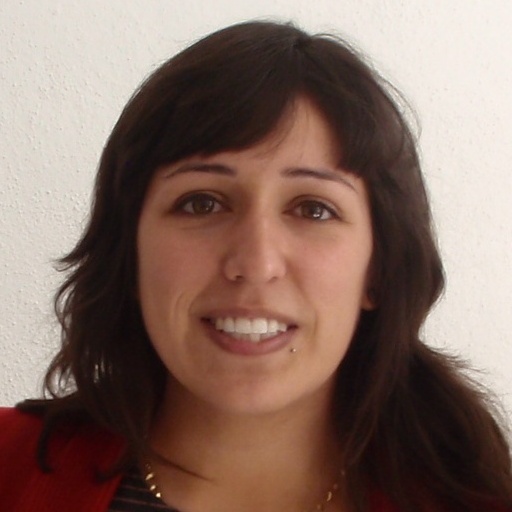How to say “Good morning” in Spanish — and why it matters

Saying “Good morning” in Spanish goes beyond being friendly. This simple but powerful phrase reflects the cultural importance of greetings in Spanish-speaking countries. So, what is the Spanish translation for “Good morning”? Buenos dias. That’s the simple answer. But let’s go deeper.
In this guide, we'll dig into how to say “Good morning” in Spanish and examine the subtle art of doing so. So, whether you're arranging a vacation to a Spanish-speaking nation or just want to learn more about the language, come along as we explore the complexities of morning greetings in Spanish.
- How to say “Good morning” in Spanish
- Why learn Spanish for “Good morning”?
- “Good morning” quotes in Spanish
Learn languages at your pace
How to say “Good morning” in Spanish
Buenos días
The most common and widely used way to say “Good morning” in Spanish is Buenos días. Translated literally, it means "Good days." The plural form of días is a holdover from the original phrase Buenos días os dé Dios, which translates to "Good days for ye of God." Over time, the phrase was simplified to its current form.
This phrase is suitable for any formal or informal setting, and it is a polite and respectful way to greet someone in the morning. This phrase works only in the morning, so don’t use it after 11:59 a.m.
Buen día
Another way to say “Good morning” in Spanish is Buen día. This phrase translates to "Good day." While similar to Buenos días, it is more commonly used in Latin American countries.
Buen día is an informal greeting that can be used among friends, acquaintances or in casual settings. This greeting works at any time of day, from morning until early evening.
Feliz día
In addition to the traditional greetings, Feliz día offers a positive twist to saying “Good morning” in Spanish. Translated as "Happy day," this phrase conveys good wishes and a desire for the recipient to have a joyful day ahead.
Feliz día is a friendly and uplifting greeting that can be used to brighten someone's day. This greeting, like the last one, works at any time of day, from morning to early evening.
Why learn Spanish for “Good morning”?
Learning the Spanish phrase for “Good morning” is just the start of your education on greetings. Let’s dive into how greetings in Spanish-speaking countries may differ from where you live.
To begin with, greetings are a fundamental aspect of human communication. They allow us to recognize others and connect. The way people greet one another varies across countries, reflecting local traditions and customs.
In the Spanish-speaking world, greetings are highly significant. Though this is becoming less common in bigger cities, most places in Latin America stress greeting others during everyday encounters. From the colorful streets of Spain to the enchanting landscapes of Latin America, Spanish speakers embrace the value their language places on expressing warmth and goodwill.
Would you be surprised to learn that it’s common to greet everyone you meet? In Spanish-speaking countries, this is true! Whether to a relative, friend, coworker or a complete stranger walking past you on the sidewalk, it’s normal to offer some kind of greeting.
Some of these greetings are more personal than others. I described the cheek kiss in my post about cultural norms in Chilean culture. Though you shouldn’t greet everyone in the street with a kiss, you should say “Good morning” in Spanish and acknowledge the people you see. Beginning the day on a pleasant note doesn’t require an official language certification — it just requires a basic polite greeting.
Learn languages at your pace
“Good morning” quotes in Spanish
In Spanish-speaking cultures, responding to morning greetings is almost as important as giving them. There are a few ways you can respond; here are the most typical. We provide word-for-word quotes you can copy to feel confident that your phrasing is correct.
Reciprocate the greeting
The simplest and most common response to hearing a morning greeting in Spanish is to reciprocate. For example, if someone says Buenos días to you, you can respond Buenos días right back. Or add a single word: Hola, buenos días (Hello, good morning).
This way of reciprocating a greeting word-for-word is the easiest option. It’s polite and you can be sure you won’t unintentionally say something wrong.
Offer well wishes
It is common to respond to a morning greeting in Spanish with good wishes. Some common responses include:
- Igualmente (Likewise)
- Que tengas un buen día (Have a good day)
- Que tengas un excelente día (Have an excellent day)
Engage in small talk
Given how warm and open Spanish speakers are, and depending on your relationship to the person you are greeting, engaging in a brief conversation is a fair response. Try:
- ¿Cómo estás? (How are you?)
- ¿Cuáles son tus planes para hoy? (What are your plans today?)
- Mucho gusto (nice to meet you; use this in situations where you have been introduced and your counterpart greets you)
- ¿Cómo está la familia? (How’s the family?)
- ¿Cómo va la escuela? (How is school going?)
The power of “Good morning” in Spanish
Understanding the different forms of how to say “Good morning” in Spanish (and using these phrases with strangers) will help you navigate greetings in the Spanish-speaking world. It’s a polite way to start a conversation or just say hello in passing. Whether you start your day with a simple Buenos días or you choose to spread positivity with a Feliz día, your greeting holds the power to brighten someone’s day or even start a new friendship.









